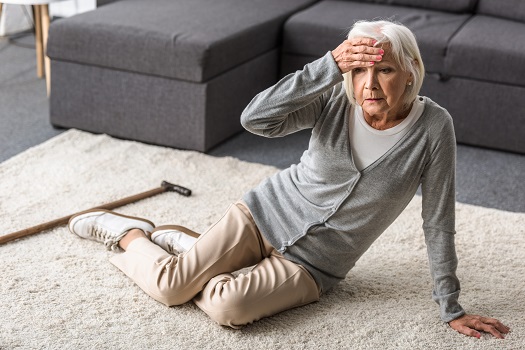

By Dr. Jeremy Campbell,
Licensed Doctor of Physical Therapy
Living with neuropathy often means grappling with balance issues that heighten the risk of falls.
This condition can cause numbness and weakness in the extremities, particularly affecting the feet and hands.
As a result, maintaining stability and coordination becomes a significant challenge.
The constant worry about falling can severely restrict daily activities and impact the overall quality of life.
However, it’s essential to know that there are effective strategies and exercises to enhance balance and stability, thereby reducing the risk of falls for neuropathy patients.
Understanding Neuropathy and Its Impact on Balance
Neuropathy mainly impacts the body’s peripheral nerves, especially those in the extremities, leading to a reduced or altered sense of touch.
This sensory loss plays a critical role in destabilizing an individual’s balance.
Without the ability to properly sense the ground or surrounding environment, standing or walking steadily becomes more challenging, increasing the risk of falls and injuries.
Delving into the nuances of how neuropathy affects balance is crucial for developing effective coping strategies.
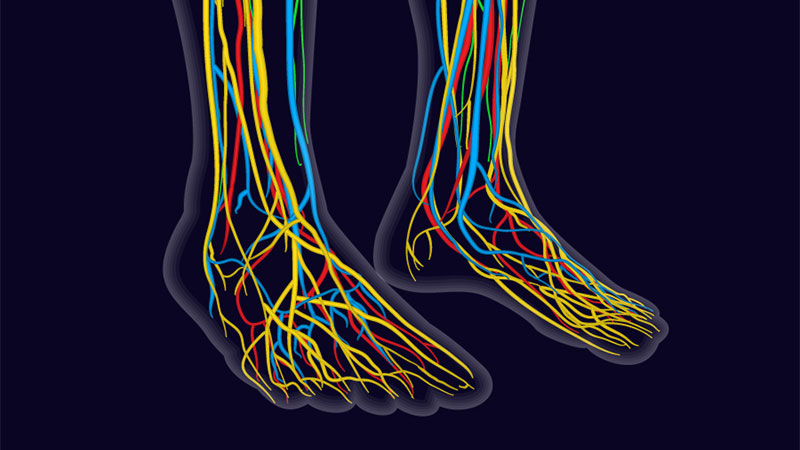
Tips for Living with Balance Problems
Regular Exercise and Physical Therapy
Consistent physical activity is vital for improving balance.
Exercises focusing on strengthening leg muscles and enhancing coordination are particularly beneficial.
Activities like tai chi and yoga not only boost flexibility but also promote mindfulness and body awareness, crucial for maintaining balance.
Engaging in personalized physical therapy can provide specific exercises tailored to individual needs and limitations, thus offering a more targeted approach to balance improvement.

Home Safety Checks
Creating a safer living space is a key preventive measure.
Eliminating common household hazards such as loose rugs, ensuring adequate lighting, and installing safety features like grab bars in critical areas like bathrooms are essential steps.
A clutter-free and well-organized home environment can significantly minimize the risk of accidental falls.

Proper Footwear
Proper footwear plays a significant role in preventing falls.
Shoes with non-slip soles and adequate support are crucial.
Avoid barefoot walking or using unsupportive footwear, even indoors.
In certain cases, specially designed orthopedic shoes or custom orthotics may be required to provide additional support and stability.
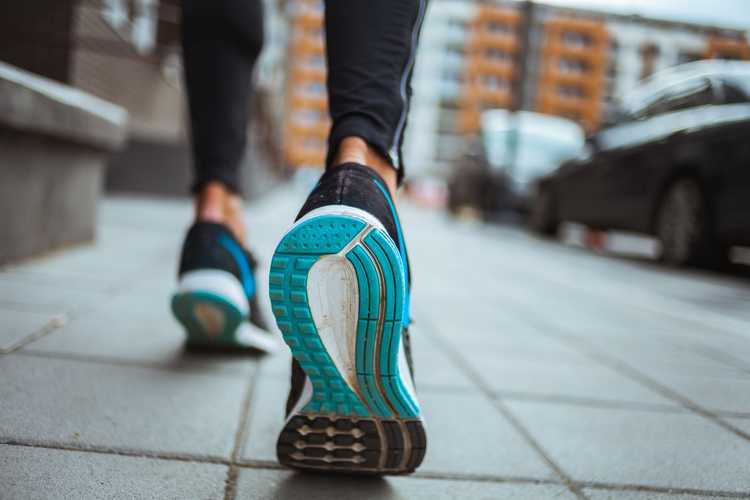
Regular Eye Check-ups
Good vision is a critical component of balance.
Regular eye examinations and up-to-date vision prescriptions are imperative.
Compromised vision can drastically increase the chances of falling, making routine eye care an essential aspect of fall prevention.

Use Assistive Devices If Needed
There should be no hesitation in using assistive tools like canes or walkers if they are recommended by a healthcare professional.
They can provide much-needed support and stability, particularly in situations where balance is compromised.
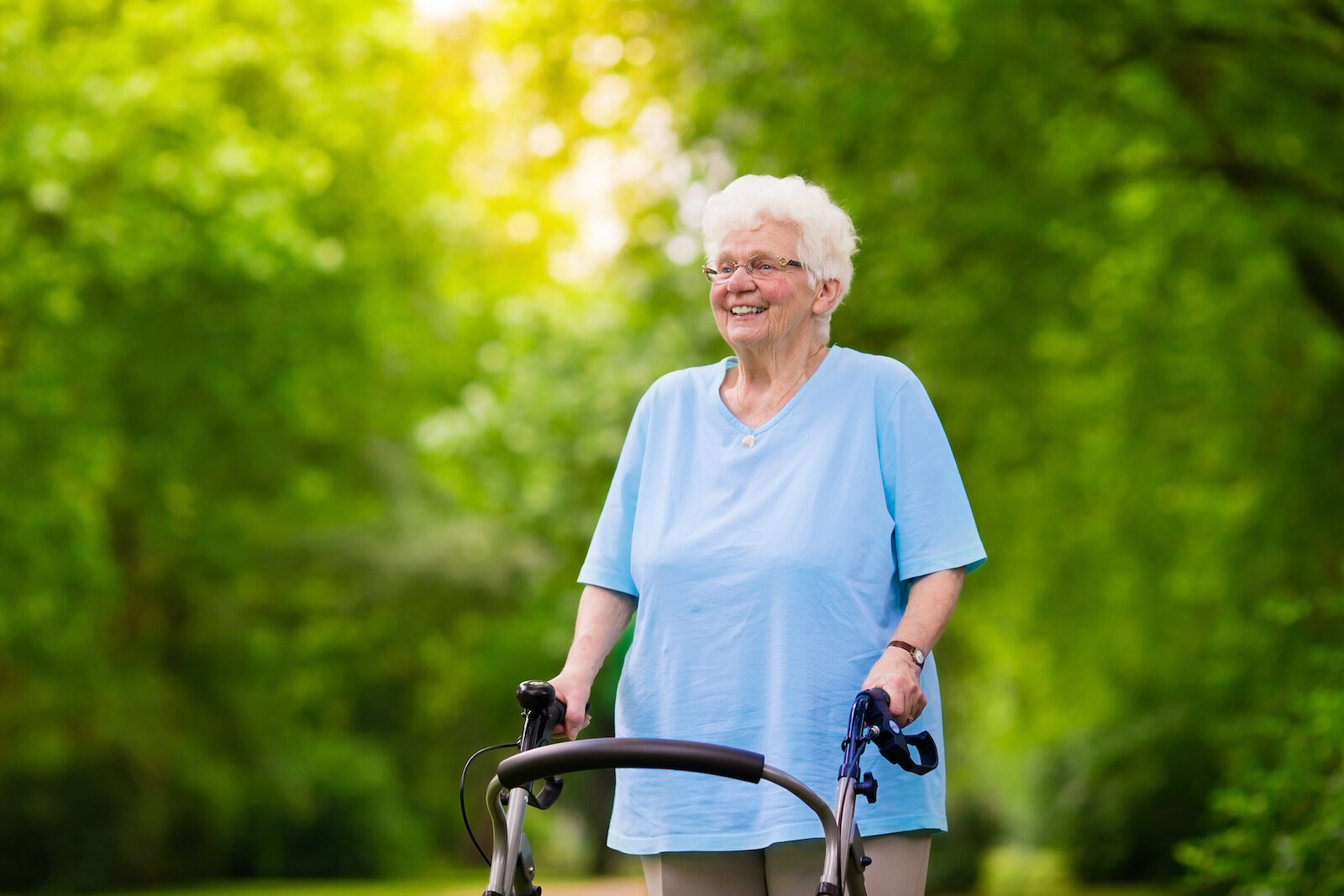
Simple Balance Exercises You Can Do at Home
Standing on One Leg: Use a chair for support and lift one foot off the ground. Maintain the pose as long as possible before switching to the other leg. This exercise helps in improving balance and strengthening the lower body.
Heel-to-Toe Walk: Place the heel of one foot directly in front of the toes of the opposite foot while walking. This exercise, done for about 20 steps, can significantly improve balance and coordination.
Sit-to-Stand: Try to sit down and stand up from a chair without using hands for support. This action not only strengthens leg muscles but also enhances balance.
Side Leg Raises: Stand behind a chair and raise one leg to the side while keeping the back straight. Hold the position for a few seconds, then lower the leg and repeat on the other side. This exercise aids in balancing and strengthening the muscles around the hip.
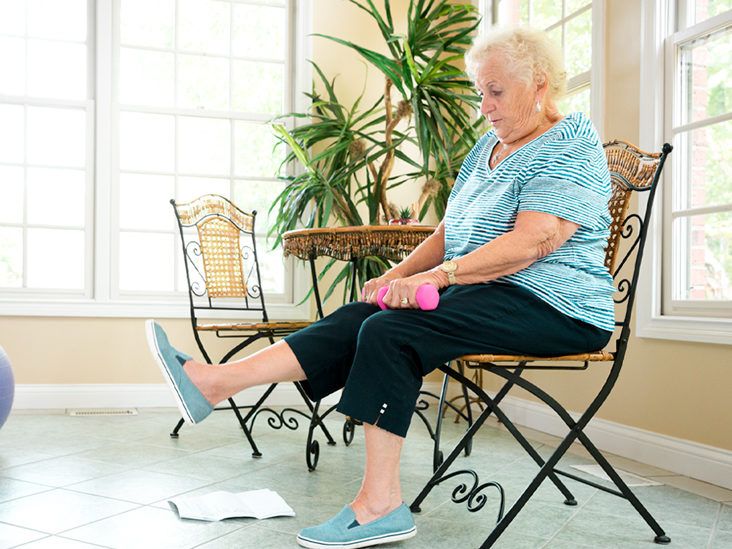
Try The “Fall-Proof” Socks
In addition to these strategies, another simple yet effective solution to consider is the nooro™ Hyper Grip Compression Socks.
These innovative socks are specifically designed to address the unique challenges faced by neuropathy patients and those prone to balance issues.
By providing a targeted compression to key areas of the feet, they help relax tight muscles and soothe joints, significantly enhancing stability and comfort.
The unique Hyper Grip technology offers superior grip, reducing the risk of slipping or falling, which is crucial for maintaining confidence in movement.
Plus, these compression socks also contribute to overall foot health.
The gentle compression stimulates blood flow, aiding in the reduction of swelling and inflammation.
This improved circulation is vital in managing neuropathy symptoms and in preventing further nerve damage.
The consistent use of these socks can lead to a noticeable improvement in foot pain and discomfort, allowing for a more active and pain-free lifestyle.
Click here to learn more about the nooro™ Hyper Grip Compression Socks.
In Conclusion
Living with neuropathy requires adjustments, but it doesn’t mean giving up your independence.
By incorporating these strategies and exercises into your daily routine, you can improve your balance, reduce the risk of falls, and maintain a more active and fulfilling lifestyle.
Remember, consistency is key.
Stay proactive, stay balanced, and embrace each day with confidence and stability.



